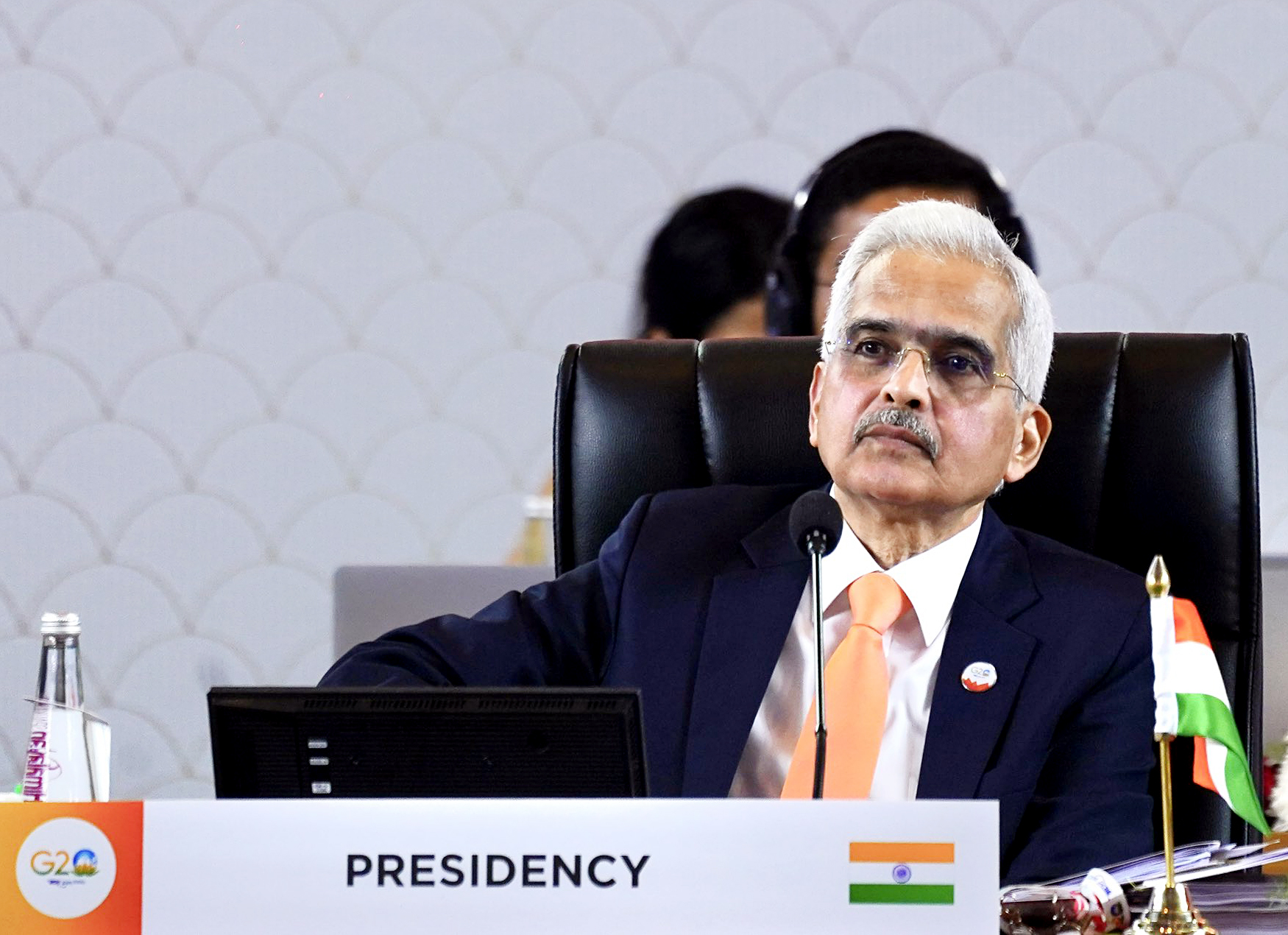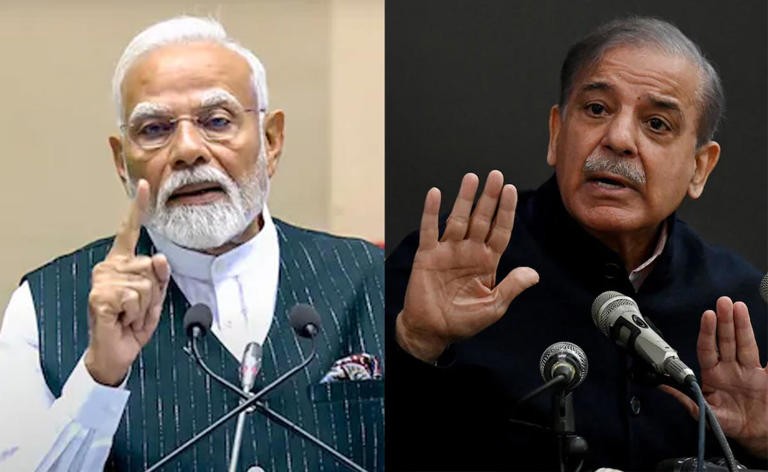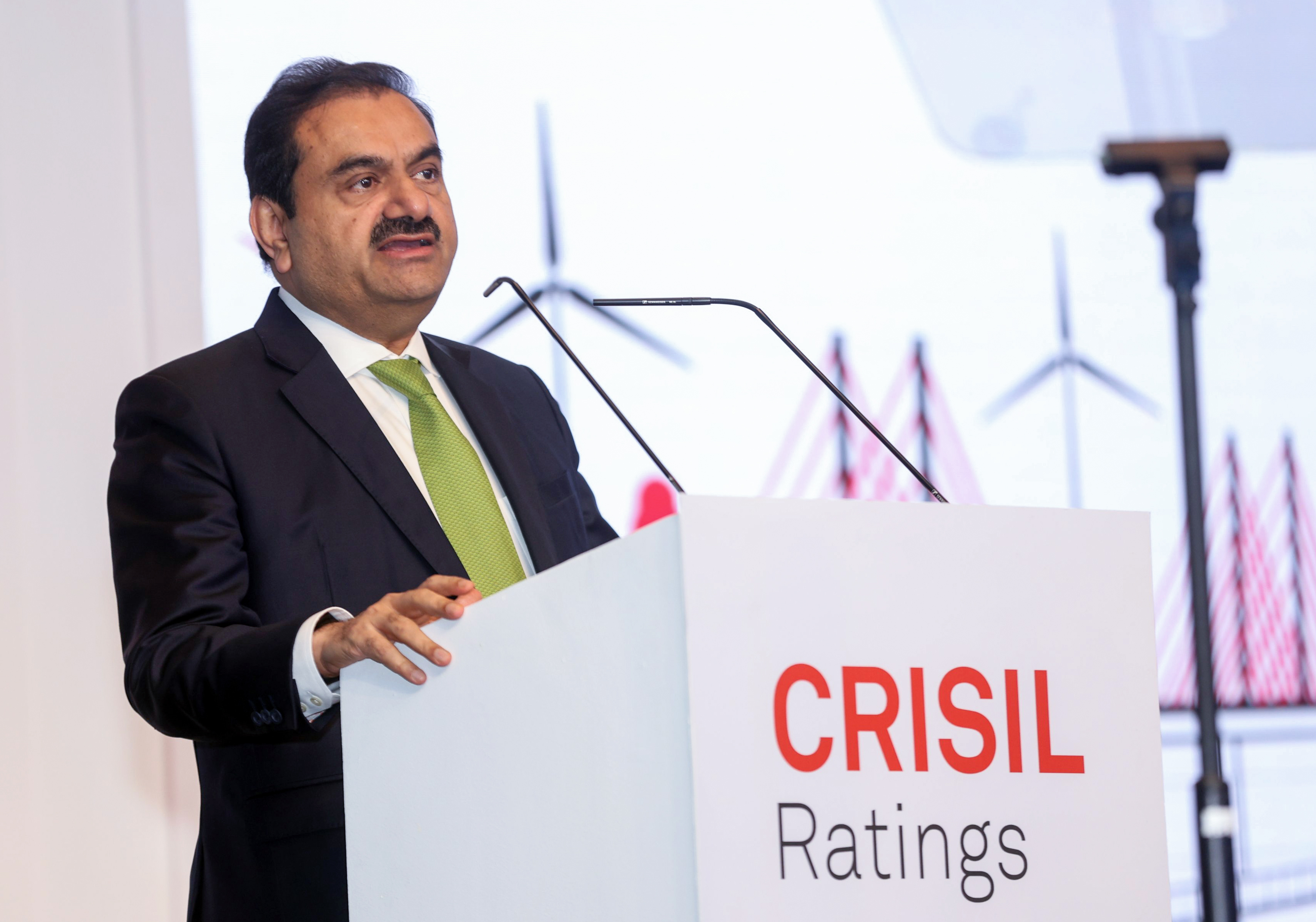The overall reserves had dropped by $ 4.532 billion to $ 588.78 billion in the previous reporting week
Our Bureau
New Delhi
The annual retail inflation eased to 4.7% in April from 5.66% the previous month, government data showed on Friday. It is for the second month in a row that Consumer Price Index (CPI) based inflation remained within the RBI’s comfort zone of below 6%.
Retail inflation has fallen to an 18-month low mainly due to cooling food prices. The retail inflation based on Consumer Price Index (CPI) was 5.66% in March 2023 and 7.79% in the year-ago period. Retail inflation in April is the lowest since October 2021 when it was at 4.48%.
Industrial output India’s industrial production rose 1.1% in March, according to official data released on Friday. Factory output measured in terms of the Index of Industrial Production (IIP) grew 2.2% in March 2022.
The data released by the National Statistical Office (NSO) showed that the manufacturing sector’s output increased 0.5% in March 2023. Mining output rose 6.8% during the month under review while power output declined by 1.6% in March.
According to the National Statistical Office, inflation in the food basket was 3.84% in April, as against 4.79% in March and 8.31% in the year-ago period. Retail inflation rose from 5.7% in December 2022 to 6.4% in February 2023 on the back of higher prices of cereals, milk and fruits and slower deflation in vegetable prices.
Last month, India’s central bank surprised markets by holding its key repo rate steady after six consecutive hikes to tamp down inflationary pressures. Many economists expect it to remain on pause mode for the rest of the year to support the recovery in Asia’s third-largest economy.
With higher borrowing costs weighing on India’s world-beating growth, the central bank put the brakes on its tightening cycle in April, while leaving the door open for maneuvering until the “war against inflation” is over.
The decline in inflation is expected to help the central bank’s six-member Monetary Policy Committee leave the benchmark rate unchanged for the second time when it meets on June 6-8.
Although price pressures have eased, unseasonal rains and rising housing costs are the new risks on the minds of policy makers. Earlier this month, finance minister Nirmala Sitharaman said inflation is “slightly above” a tolerable level and the government is working to control it.
Reserve Bank of India Governor Shaktikanta Das on Friday said the cooling off in headline inflation to 4.7 per cent during April is “very satisfying”.
The governor said the release of the official data on Friday gives confidence that the “monetary policy is on the right track”.
He, however, declined to comment if the release of the numbers will lead the RBI to be less hawkish or change the stance of the policy, quipping that all of it will be clear on the morning of June 8, when the next policy review is scheduled.
Meanwhile, India’s foreign exchange reserves jumped by $ 7.196 billion to $ 595.976 billion in the week ended on May 5, the Reserve Bank of India said on Friday. The overall reserves had dropped by $ 4.532 billion to $ 588.78 billion in the previous reporting week.
In October 2021, the country’s forex reserve had reached an all-time high of $ 645 billion. The reserves have been declining as the central bank deployed the kitty to defend the rupee amid pressures caused majorly by global developments.
During the week ended on May 5, the foreign currency assets, a major component of the reserves, increased by nearly $ 6.536 billion to $ 526.021 billion, according to the latest Weekly Statistical Supplement released by the RBI.
Expressed in dollar terms, the foreign currency assets include the effect of appreciation or depreciation of non-US units like the euro, pound and yen held in the foreign exchange reserves. Gold reserves increased by $ 659 million to $ 46.315 billion, the RBI said. The Special Drawing Rights (SDRs) were down by $ 19 million to $ 18.447 billion, the apex bank said. The country’s reserve position with the International Monetary Fund (IMF) was up by $ 20 million to $ 5.192 billion in the reporting week, the RBI data showed.

























